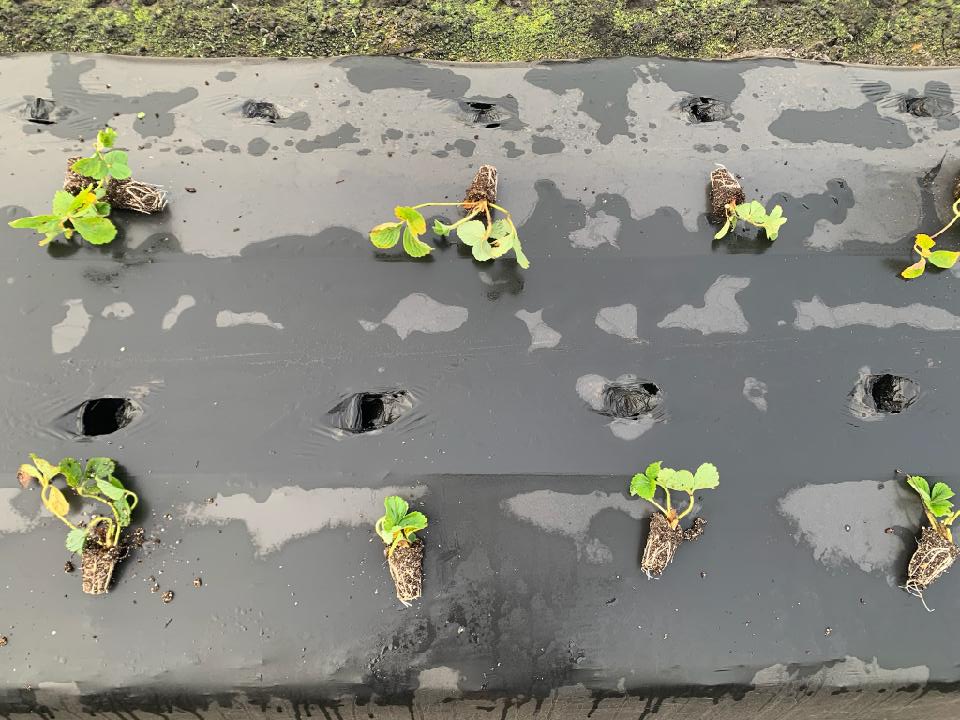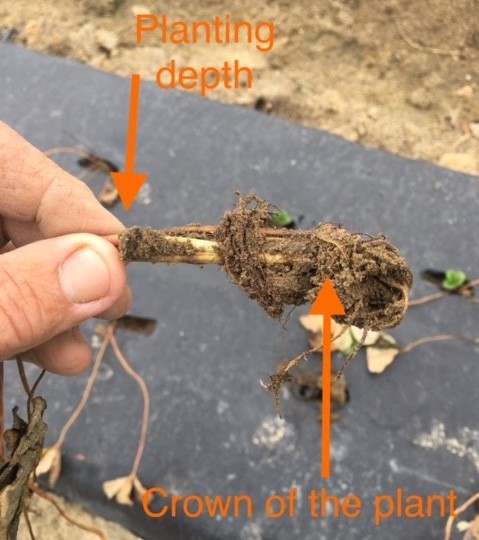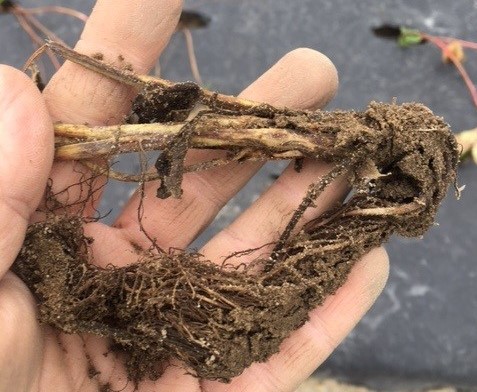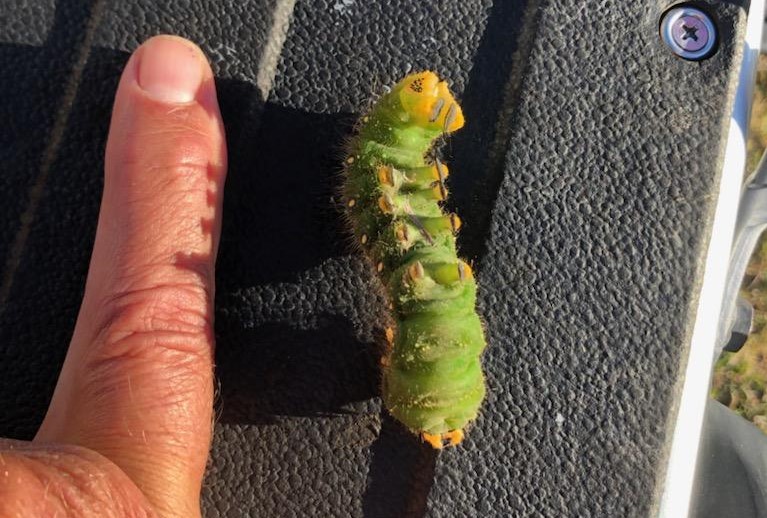Happy Halloween! Don’t forget to check out the Women in Ag Conference coming up this weekend (11/4-11/5) in Clemson. It will start Friday with tours of Clemson’s research farms and continue Saturday with a variety of educational sessions. Register here.
Be sure to scroll all the way to the bottom to see this week’s Question of the Week, and check back on Thursday for the answer!
Coastal Region
Zack Snipes reports, “It’s been a very cloudy and humid week in the Lowcountry. The temperatures are perfect, but the lack of sunshine has plants in a holding pattern. It has been very great strawberry planting weather. Most farms are finished up or are about to finish up this week. Overall, plants are clean with no insect or disease issues, but they are very small. If you have small plants, I would recommend covering them here in a few weeks with a light row cover to encourage some fall growth before we go into winter. Make sure you go behind your planting crews to make sure they are planting properly. I have seen “J-rooted” bare root plants as well as plugs being planted too deep. Even the most experienced crews should be monitored carefully while planting. Our yield drag begins at planting if planted incorrectly.”

Midlands
Justin Ballew reports, “We haven’t seen the sunshine in several days now in the Midlands. Over the last two days, we’ve seen trace amounts of rain, but it hasn’t done much more than just wet the ground. Strawberry planting is finished now, and establishment appears to be going well. Some of the earliest planted fields are pushing out new leaves. Using row covers for a few weeks over the next month is an option for accumulating a few extra growing degree days (GDD). Take a look at this article from the NC Strawberry Association (page 8) for more info. Brassicas are looking great. We’ve had a great fall growing season so far. The fields being harvested are relatively disease-free, and insect pressure hasn’t been bad.”

Pee Dee
Bruce McLean, “I had a call from a grower that said their newly planted strawberry crop was in decline. I went out to look. When I got to the field, I (immediately) saw that the plants were planted too deep. I (initially) thought that the remedy would be to just pull the plant to the proper depth, and they would be okay. Then I got to digging. The first plant I dug up was planted about 3” too deep. Not only that, the roots were wrapped around the crown and petioles. Every plant I dug up (after that) was the same. The whole field would have to be replanted. Proper planting of strawberries is critical for their establishment and growth. Improper planting techniques can cause significant loss of plants, poor development, and poor yield… resulting in loss of income. Be sure to train your workers on the proper planting techniques – whether it’s plugs, bare roots, or cutoffs. Be sure that if you are planting anything other than plugs, your workers are planting with a strawberry planting tool. Correct planting is the most critical step to ensuring a good crop come spring.



Upstate
Andy Rollins reports, “All the strawberry farms in the upstate are now planted. I continued inspections last week and found deer pressure is increasing. Thankfully, on the farm shown below, they have already put in a 3-dimensional fence for controlling them. You can also spray the plants with a labeled fungicide Thiram which will help, but it’s only temporary relief. The best solution for most would be to go ahead and put your row covers on for about the next month to get the needed plant development. The extended forecast for the Southeast is for a warmer than normal December-February.”


Question of the Week
For this week’s question, take a look at the photos below. What will this giant caterpillar become when it grows up?


Answer in the comments below and check back on Thursday to see the answer.